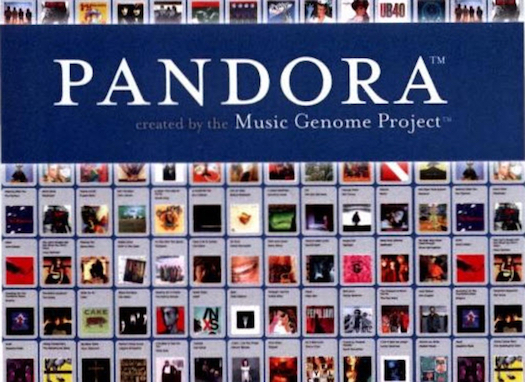Comment from Peter Saxon
I’ve long argued that streaming services like Pandora and Spotify would have little affect on radio audiences. So far, in Australia at least, I’ve been right but not necessarily for the right reasons.
The core of my argument was that since the invention of the radiogram and 8-Track in-car audio, radio has always co-existed with listener-owned music. And while the streaming companies that give you access to millions of songs curated to your own tastes do an awesome job of taking the user experience to another level, they have merely replaced the iPod as the personal player of choice and barely dented radio.
However, there’s a fly in the ointment of my argument. You couldn’t buy advertising on my iPod. You can on Spotify and Pandora. Not only that, these upstart startups have the audacity to call themselves radio. Surely then, one would expect them to divide the market, siphoning off great scads of revenue from “real” or “proper” radio. Or at least that’s what the pundits predicted.
Digital or new media in all it’s forms has had a dire effect on both Free to Air television and all forms of print. Yet, radio has thrived, increasing its revenue year-on-year every year since the end of the GFC. Up more than 6% in FY 2016 alone.
Incredibly, despite the widespread fragmentation of media, radio has maintained its share of the total advertising spend which has, for the past 30 years or so hovered around the eight per cent mark. In fact PwC predicts that commercial radio will still command 7.2 per cent of ad spend by the year 2020.
Meanwhile, FTA television is set to lose almost a third of it’s already depleted 25.5% share (as measured in 2015) and will have to make do with 18.5% of ad revenue by 2020.
Newspapers, which were already down to 16.2% in 2015 (from historical highs of up to 40%) are expected by PwC to sink to as low as 10% by 2020.
Why is radio so resilient in the face of such aggressive and diverse opposition?
Well, for one thing (which I’ve said many times before) radio has adapted early and rather than fight new media, has embraced it and used it strategically to its advantage.
But here’s the bit that only time could have told and therefore hasn’t become apparent till recently: Far from eroding commercial radio revenues, the entry of streaming services has helped grow the market.
Many, me among them, feared that by labeling themselves as “radio” the streaming services would confuse the marketplace, steal radio’s clothes and eat its lunch. Instead, all the hype surrounding the introduction of streaming has merely served to draw attention to the qualities of real radio. Advertisers have looked on the oft neglected medium with fresh eyes and seeing how it has evolved in the 21st century.
It is relatively recently that the term “audio” has been added to the advertising lexicon. There seems no reason why within the “audio” sector, real radio and streaming can’t happily co-exist as complementary platforms. While FTA television and print are in decline, audio is rising. Of course, with commercial radio being a mature and relatively stable industry, most of that growth comes from the streaming services.
Nonetheless, with all the recent turmoil surrounding programatic ad placements and accountability on digital platforms, as most advertisers have come to realise, radio remains the most reliable way to reach mass audiences cost effectively.

Peter Saxon

